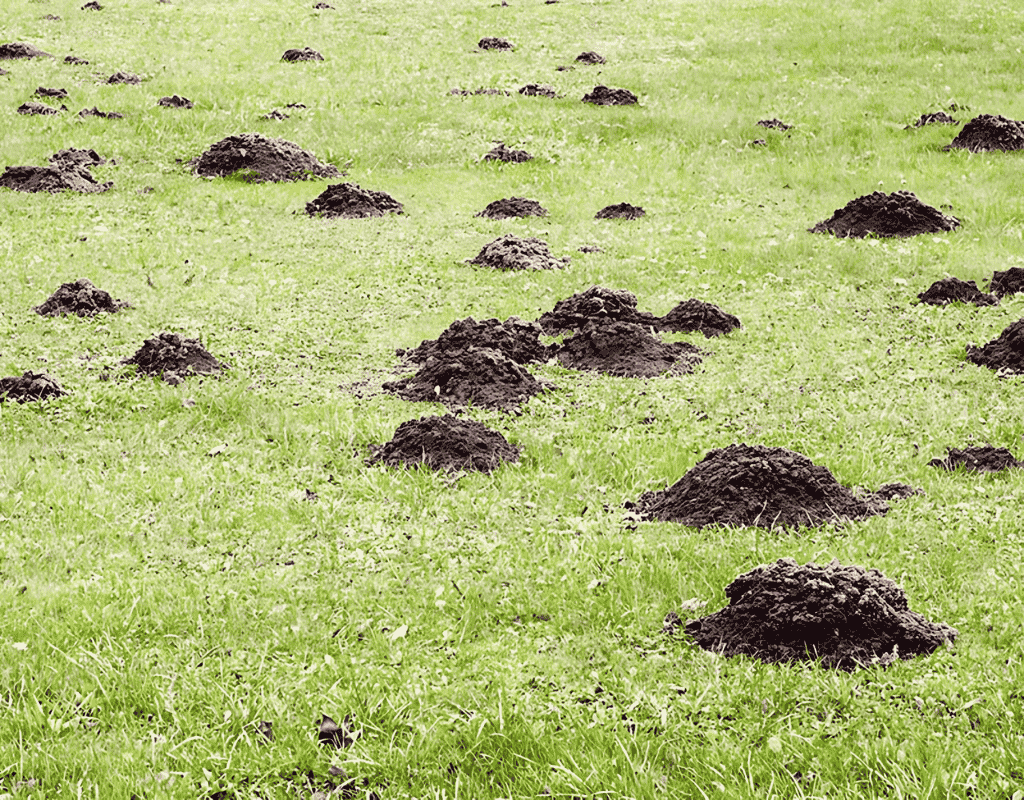

You want a smooth, green, and healthy lawn; we've got the gear, know-how, and top dressing mix to make it happen. Whether you're leveling out a bumpy lawn, improving soil, or prepping for grass seed, Weed Pro is your go-to crew. Call now for a free quote, and let's topdress your way to the most enviable yard on the block!